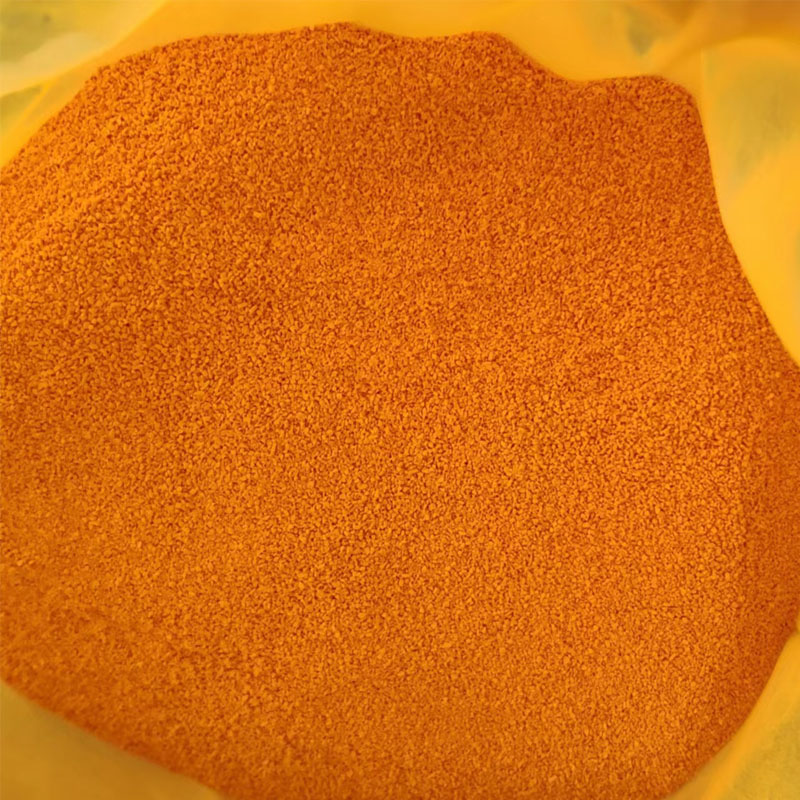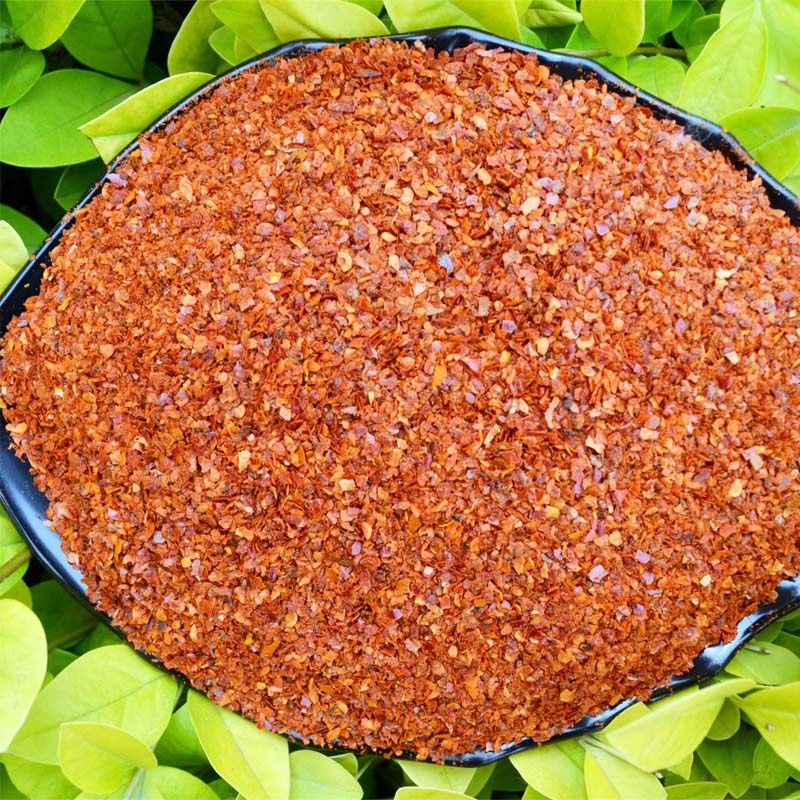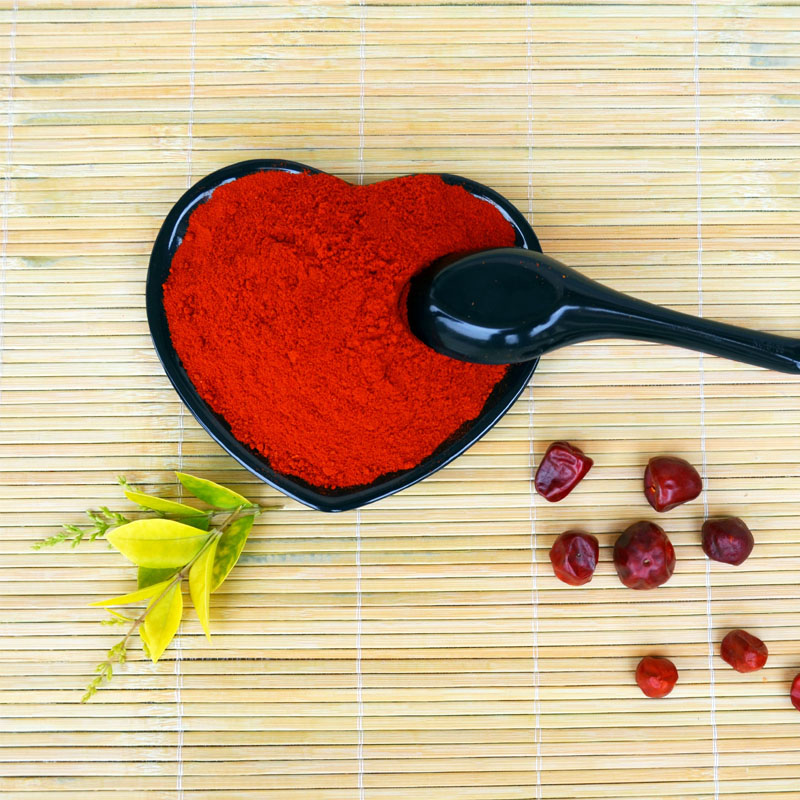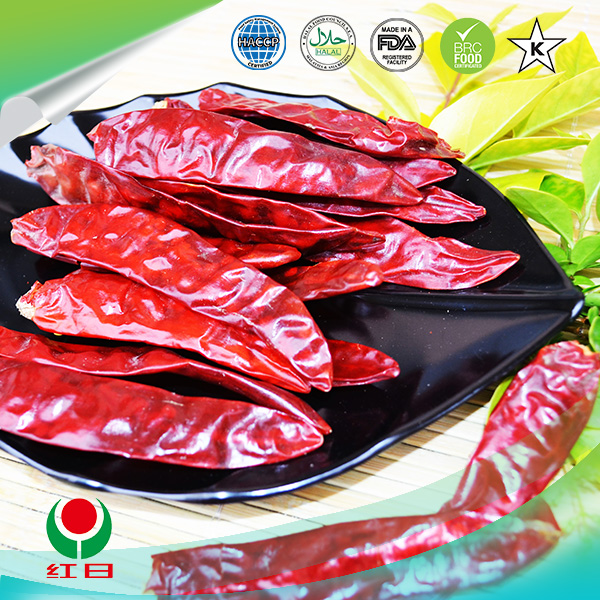- No. 268 Xianghe Street, Economic Development Zone of Xingtai city, Hebei 054001 China
- Byron@hbhongri.cn
A Comprehensive Guide to Various Types of Dried Chiles from Top Manufacturers
Exploring the Types of Dried Chiles A Guide for Manufacturers
Dried chiles are an indispensable ingredient in various cuisines around the world, celebrated for their ability to add depth, flavor, and heat to dishes. For manufacturers in the spice and food industry, understanding the different types of dried chiles is crucial not only for product innovation but also for meeting consumer preferences. This article explores the diverse types of dried chiles, their unique characteristics, and how manufacturers can effectively utilize them in their offerings.
1. Ancho Chile
Ancho chiles are dried poblano peppers that feature a sweet, mild flavor with subtle hints of chocolate and dried fruit. Their deep red-brown color and wrinkled skin give them a distinctive appearance. Ancho chiles are versatile and can be used in salsas, sauces, and mole. Manufacturers can leverage the flavor profile of ancho chiles in various products, catering to consumers looking for rich, complex flavors without excessive heat.
Guajillo chiles are one of the most commonly used dried chiles in Mexican cuisine. With a moderate heat level, they possess a fruity, tangy flavor that pairs well with meats, beans, and sauces. Guajillo chiles can be ground into powders or used whole in stews and marinades. For manufacturers, incorporating guajillo chiles into spice blends or ready-made sauces can tap into the growing market for authentic Mexican flavors.
3. Chipotle Chile
Chipotle chiles are actually smoked and dried jalapeño peppers, resulting in a distinct smoky flavor and medium heat. They are available in whole dried form or as powder. Chipotle chiles add depth to barbecue sauces, marinades, and seasoning blends. Manufacturers can create unique products that offer consumers a taste of smokiness, appealing to those looking to add a robust flavor profile to their culinary creations.
types of dried chiles manufacturer
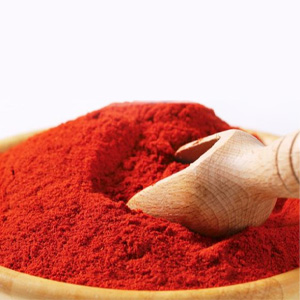
4. Pasilla Chile
Pasilla chiles are long, dark, and wrinkled, with a flavor that is earthy and slightly fruity. They are often used in mole sauces and can provide a rich background flavor in soups and stews. Due to their mild heat level, pasilla chiles are suitable for a wide range of consumers, making them a great addition to both spicy and mild products. By utilizing pasilla chiles, manufacturers can enhance their offerings in the realm of sauces, seasonings, and soups.
5. Mulato Chile
Similar to the ancho chile but darker in color, the mulato chile offers a mild heat level with a flavor profile that includes chocolate, coffee, and dried figs. This unique taste makes mulato chiles popular in traditional Mexican dishes, particularly mole. Manufacturers can market products containing mulato chiles as authentic ethnic foods and specialty ingredients that cater to gourmet cooking.
6. Carolina Reaper
On the other end of the heat spectrum lies the Carolina Reaper, known as one of the hottest chiles in the world. With a Scoville heat unit rating that can exceed 2 million, this chile is not for the faint of heart. Its fruity flavor and intense heat can be used sparingly in hot sauces and specialty spice blends aimed at extreme food enthusiasts. Manufacturers can capitalize on the growing trend of spicy foods and novelty hot sauces by incorporating the Carolina Reaper into their products.
Conclusion
Dried chiles are a vital component in the culinary world, offering an array of flavors and heat levels that cater to diverse consumer preferences. For manufacturers, understanding the different types of dried chiles available provides opportunities for innovation and market differentiation. By incorporating these chiles into their products, manufacturers can appeal to consumers seeking authentic flavors and culinary experiences. As the global palate continues to evolve, the inclusion of dried chiles in food products will undoubtedly play a significant role in shaping future trends in the food industry.
-
Turmeric Rhizome Powder: A Golden Treasure from Roots to TableNewsJul.28,2025
-
The Versatile Application Of Crushed Red Hot Peppers: Lighting Up The Red Flames On The Dining TableNewsJul.28,2025
-
The Paprika: A Touch Of Vibrant Red In Color, Flavor, And CultureNewsJul.28,2025
-
Ground Turmeric: A Modern Examination of an Ancient SpiceNewsJul.28,2025
-
Capsicum Liquid Extract: Features, Applications, and ChallengesNewsJul.28,2025
-
Application of Capsicum Liquid Extract in FoodNewsJul.28,2025
